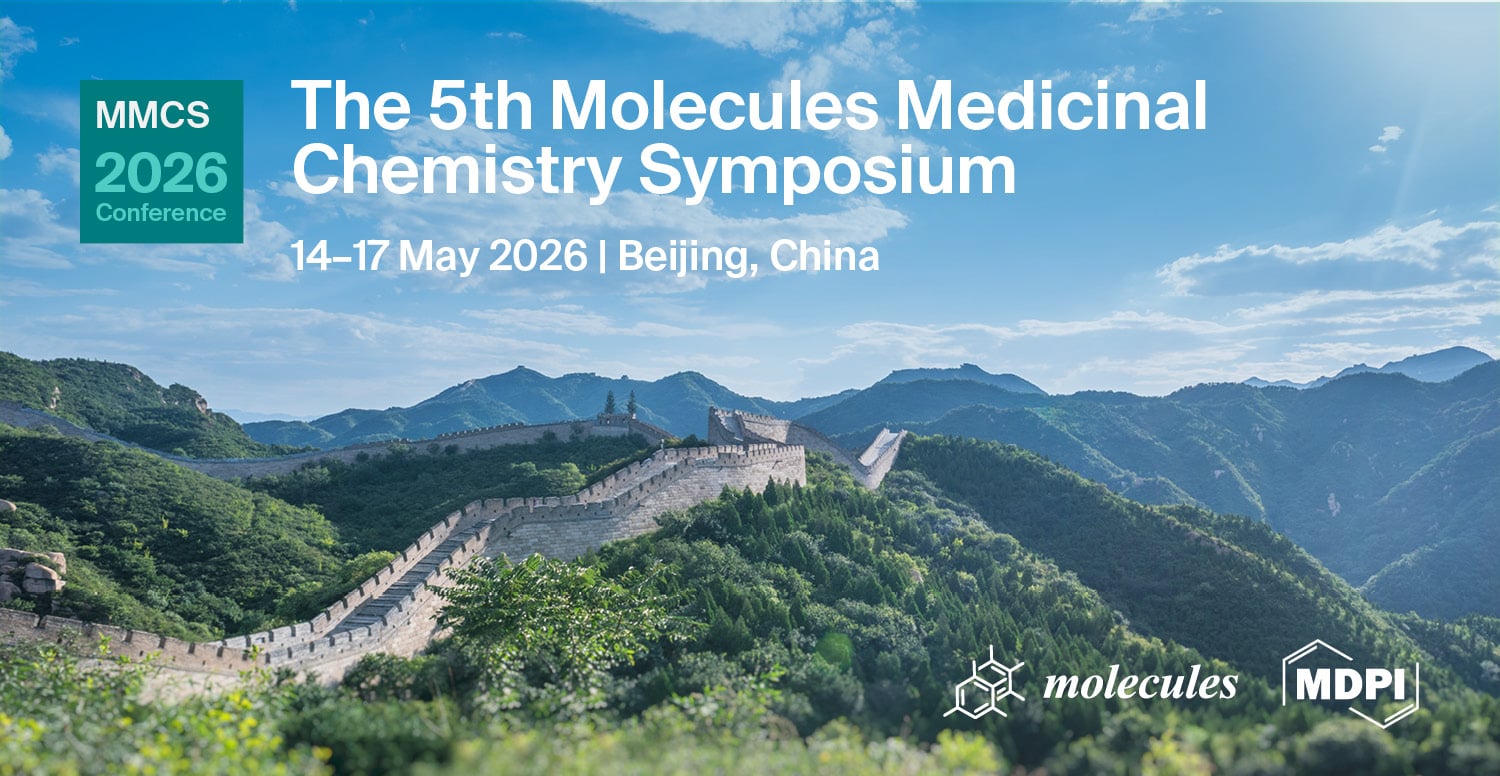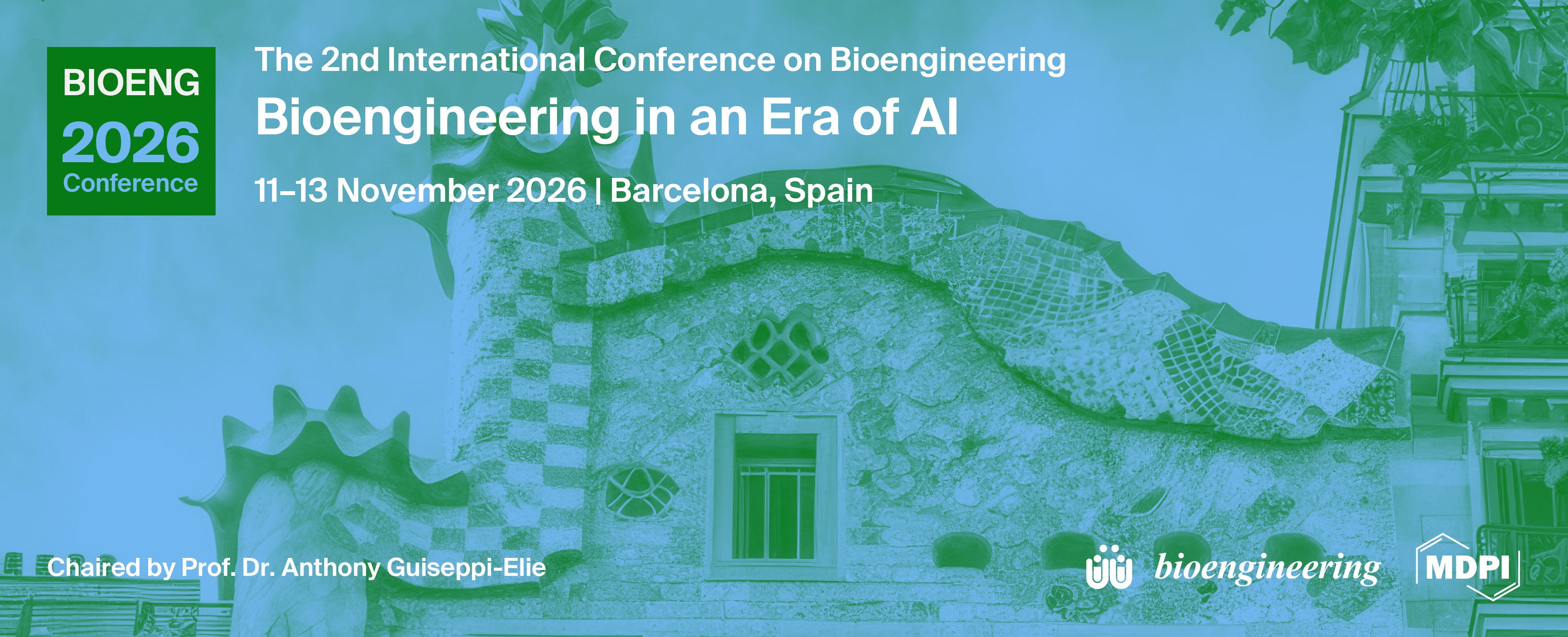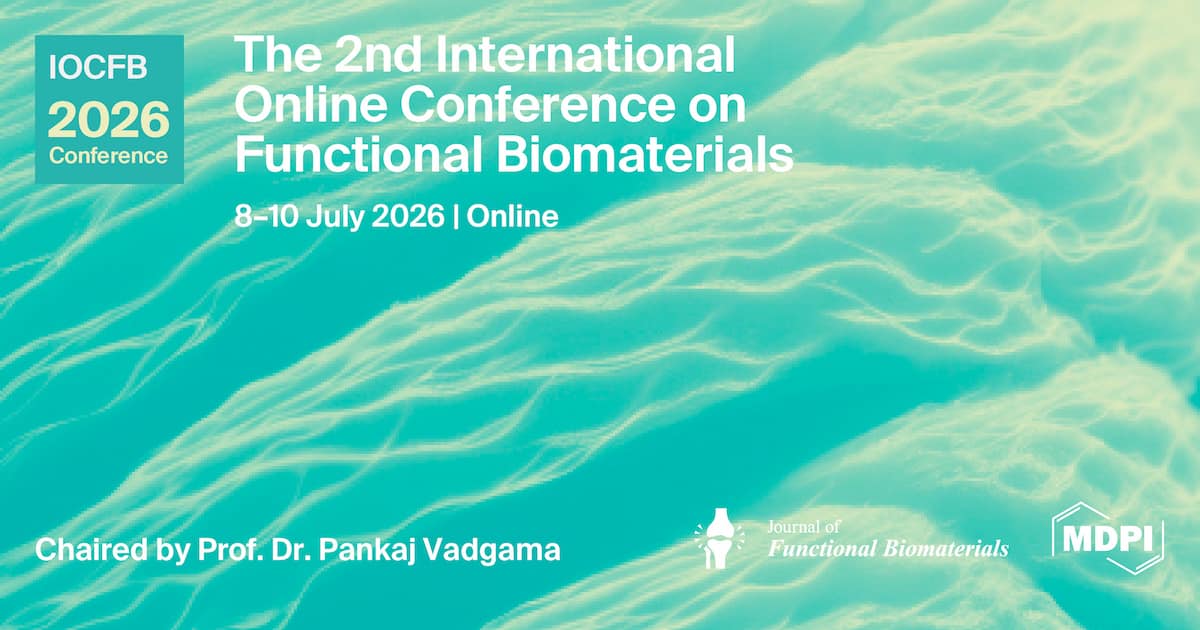-
 Functional Precision in Pancreatic Cancer: Redefining Biomarkers with Patient-Derived Organoids
Functional Precision in Pancreatic Cancer: Redefining Biomarkers with Patient-Derived Organoids -
 Are Procoagulant Platelets an Emerging Therapeutic Target? A General Review with an Emphasis on Their Clinical Significance in Companion Animals
Are Procoagulant Platelets an Emerging Therapeutic Target? A General Review with an Emphasis on Their Clinical Significance in Companion Animals -
 MASLD Under the Microscope: How microRNAs and Microbiota Shape Hepatic Metabolic Disease Progression
MASLD Under the Microscope: How microRNAs and Microbiota Shape Hepatic Metabolic Disease Progression -
 Sequencing Anti-CD19 Therapies in Diffuse Large B-Cell Lymphoma: From Mechanistic Insights to Clinical Strategies
Sequencing Anti-CD19 Therapies in Diffuse Large B-Cell Lymphoma: From Mechanistic Insights to Clinical Strategies -
 Carbon Dots for Nucleic Acid-Based Diagnostics and Therapeutics: Focus on Oxidative DNA Damage
Carbon Dots for Nucleic Acid-Based Diagnostics and Therapeutics: Focus on Oxidative DNA Damage
Journal Description
International Journal of Molecular Sciences
- Open Access— free for readers, with article processing charges (APC) paid by authors or their institutions.
- High Visibility: indexed within Scopus, SCIE (Web of Science), PubMed, PMC, MEDLINE, Embase, CAPlus / SciFinder, and other databases.
- Journal Rank: JCR - Q1 (Biochemistry and Molecular Biology) / CiteScore - Q1 (Organic Chemistry)
- Rapid Publication: manuscripts are peer-reviewed and a first decision is provided to authors approximately 20.5 days after submission; acceptance to publication is undertaken in 2.6 days (median values for papers published in this journal in the first half of 2025).
- Recognition of Reviewers: reviewers who provide timely, thorough peer-review reports receive vouchers entitling them to a discount on the APC of their next publication in any MDPI journal, in appreciation of the work done.
- Testimonials: See what our editors and authors say about IJMS.
- Companion journals for IJMS include: Biophysica, Stresses, Lymphatics and SynBio.
Latest Articles
Highly Accessed Articles
Latest Books
E-Mail Alert
News
Meet Us at the 5th Molecules Medicinal Chemistry Symposium, 14–17 May 2026, Beijing, China

Meet Us at the 2nd International Conference on Bioengineering (BIOENG 2026)—Bioengineering in an Era of AI, 11–13 November 2026, Barcelona, Spain

Topics
Deadline: 31 December 2025
Deadline: 15 January 2026
Deadline: 31 January 2026
Deadline: 28 February 2026
Conferences
Special Issues
Deadline: 25 December 2025
Deadline: 25 December 2025
Deadline: 25 December 2025
Deadline: 25 December 2025


















